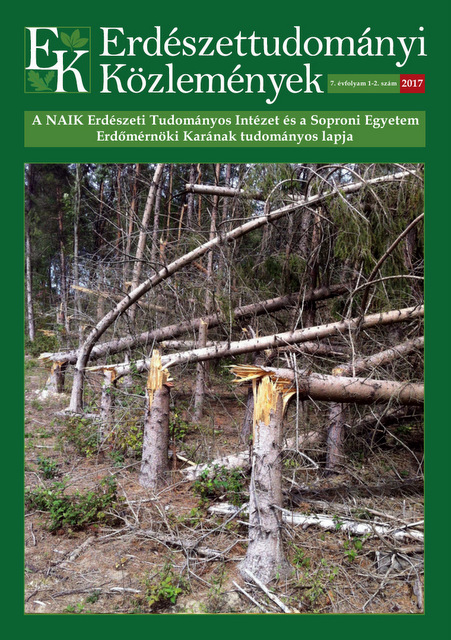Natural regeneration of red oak (Quercus rubra) stands: case studies
Zsolt Keserű, Imre Csiha, Csaba Kovács, János Rásó & Károly Rédei
Correspondence
Correspondence: Keserű Zsolt
Postal address: H-4150 Püspökladány, Farkassziget 3.
e-mail: keseruzs[at]erti.hu
Abstract
In Hungary, the red oak (Quercus rubra), the most widespread non-native oak has been grown in forests for more than 100 years. Due to its fast growth, high yield and valuable timber material it is the most important exotic tree species besides the hybrid poplars and black locust. The variations of the natural regeneration technologies applicable in red oak stands should be developed according to the main felling methods and the associated natural regeneration possibilities. In the case of red oak stands the application of clear cutting-like regeneration cutting and shelterwood cutting can be recommended for the practice.
Keywords: red oak, Quercus rubra, natural regeneration, regeneration technologies
Open Acces
For non-commercial purposes, let others distribute and copy the article, and include in a collective work, as long as they cite the author(s) and the journal, and provided they do not alter or modify the article.
Cite this article as:
Keserű, Zs., Csiha, I., Kovács, Cs., Rásó, J. & Rédei, K. (2017): Natural regeneration of red oak (Quercus rubra) stands: case studies. Bulletin of Forestry Science, 7(2): 115-125. (in Hungarian) DOI: 10.17164/EK.2017.008
Volume 7, Issue 2
Pages: 115-125
First published:
24 October 2017
More articles
by this authors
9
More articles by this authors in the Bulletin of Forestry Science
